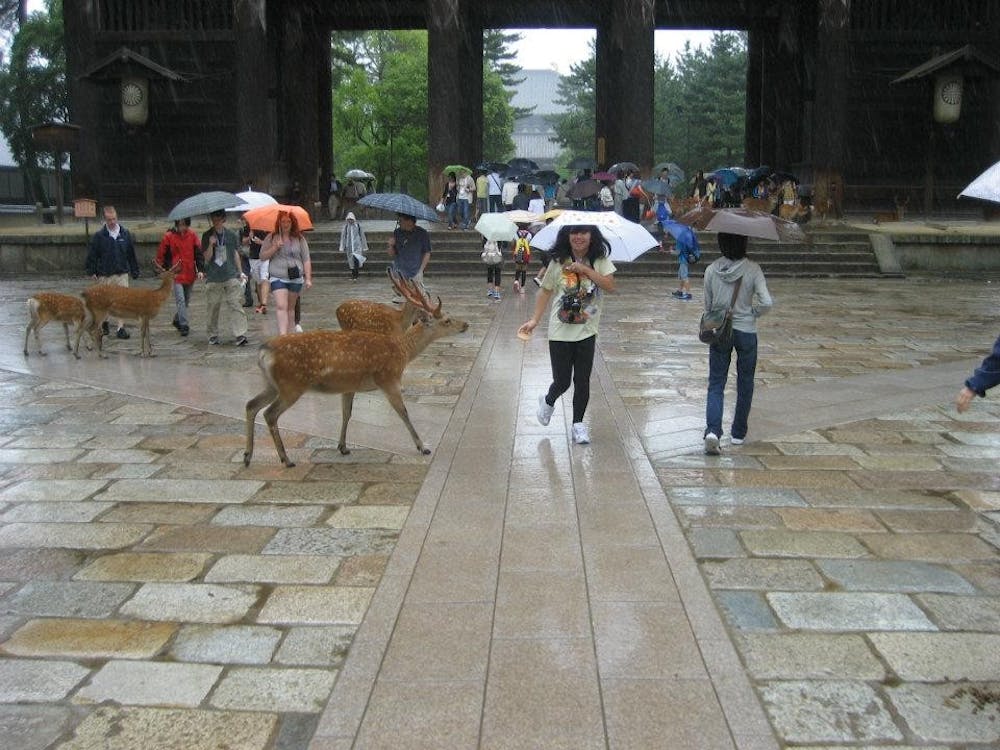In my junior year of high school, I had the privilege of going to Japan for two weeks complete with airfare, housing and transportation, to participate in the Kizuna (bond) Project in June of 2012. Maybe it's a bit of a cliché, but even though it was only for two weeks, it was one of the most unforgettable experiences of my life and actually guided me into choosing a major.
First off, the Kizuna (Bond) Project is a program designed as a short-term exchange program between Japan and North America, run by the Japanese government, for international students to understand the Great East Japan Earthquake of March 2011. From my high school, about 23 students were chosen to attend the trip based on our Japanese language skills, academic success and other factors; We were then placed into the Miyagi Group.
As soon as we arrived, we settled into our hotel and went off to see a lecture with the rest of the program the next day. In that same day, we left our luggage and packed a small bag, leaving Tokyo for Sendai City in the Miyagi Prefecture by bullet train. That was an experience in itself. The train rushed to Sendai and in a few hours we had traveled over 200 miles.
Once there, we began to visit the disaster-affected areas of the March 2011 earthquake/tsunami. The first site we visited was a beverage company on the coast of Natori City, where the tsunami had rushed through the buildings. It was amazing to see the enormity of the tsunami, even as an aftermath. At certain areas, the water had risen over 10 feet and we were shown pictures of mounds of beverage bottles floating through the rooms. The factory had to be closed down and had only been reopened earlier that year.
In the afternoon, we then went to school in Sendai which was one of the cities that had been affected the most by the tsunami. Our Japanese tour guides led us to a field of... nothing. The field in front of us was few acres long and there wasn't much that caught my eye. That was the point, really; The field, with some patches of grass and dirt everywhere, held absolutely nothing when it once held houses with families of all sizes living in them.
The rest of the trip was amazing. We visited Tokyo, Kyoto, Osaka and a few other cities, and stayed with a host sister and her family. But the first few days were the ones that affected me the most. I thought: How can people not notice this? On the news, we sometimes see large-scale natural disasters — the Tohoku Earthquake and Tsunami was definitely one of them — and while there is coverage of other countries helping the ones in need, there is rarely coverage of the recuperation of a disaster-affected area. While I had been interested in Asia before this (and knew that I would probably be studying Japanese or something relating to it in college), this, essentially, was one of the reasons why I chose to study journalism. I was asked a few days ago, "What is your passion?" I surprised myself by saying that I ultimately want to spread awareness, especially on issues like this. The Kizuna (bond) Program is one of the things that has influenced me the most in my life so far and I hope to be able to travel to different countries (particularly in Asia) in order to pursue a career in journalism or as a foreign correspondent.
You can reach Jenny by email at jenny.ung@asu.edu.







